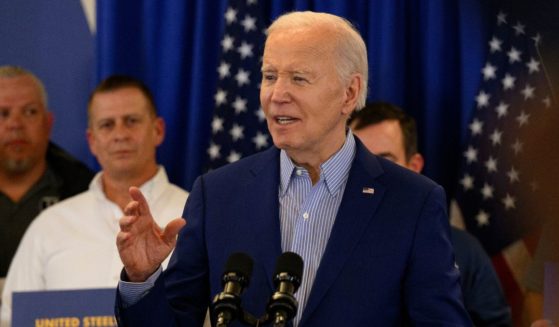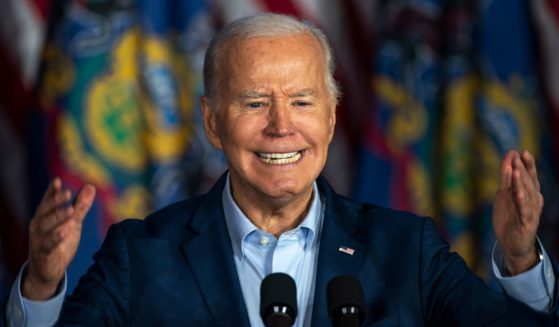Artifact Finally Deciphered, May Be Direct Link to Biblical Story of Jesus
An artifact discovered during a dig a half-century ago may be the ring of the Roman governor who sentenced Jesus Christ to crucifixion, Fox News reported Dec. 1.
The bronze ring with the name of Pontius Pilate was originally found in the digs of professor Gideon Forster from the Hebrew University of Jerusalem in the Herodion fortress.
The site in the Judea Desert, according to Israel’s Haaretz, was about to be opened for visitors after the Six-Day War when the dig was conducted.
At the time, it wasn’t known how important the artifact was. It was handed over to the current team digging at the site — also led by a Hebrew University professor, Roee Porath.
2000-year-old ring may have been owned by Pontius Pilate, say experts https://t.co/vDLOf4RART via @smh pic.twitter.com/g0UjwKS43e
— David Hulme (@DrDavidHulme) December 2, 2018
Now, with the help of a very thorough cleaning and the aid of a special camera from the new team, the Greek inscription “PILATUS” can very clearly be seen on the ring.
The name of the Roman governor appears alongside a vessel used to water down wine.
So, did the ring belong to Pilate? The general impression is that it would have been linked to the ruler in some way.
Given that Pilate was the prefect of the Judean province of the Roman Empire, the ring could have been Pilate’s own. Alternatively, a member of Pilate’s court could have used the ring to sign documents for him.
However, professor Danny Schwartz is convinced that it was most likely connected to the prefect, given that the name was especially rare in Israel at that time.
“I don’t know of any other Pilatus from the period, and the ring shows he was a person of stature and wealth,” Schwartz said.
That’s important when you consider that stamping rings were signs of stature and wealth; they were essentially a way to determine that a document or letter was genuine.
Given the relative plainness of the ring, it could have been used in day-to-day work by Pilate or have been given to one of his underlings.
It’s worth noting that Forster is also responsible for the other find of an artifact with Pilate’s name on it; back in the 1960s, a stone with his name on it was also discovered by the archeologist.
It is, nevertheless, known that Pilate was a powerful figure at the time.
“The historian Josephus says he moved iconic medallions bearing the imperial bust of Caesar into Jerusalem against Jewish law, which forbade such idols in the holy city,” Haaretz reported. “There was a huge outcry after this act was discovered, which ended when Pilate threatened the protesters with mass slaughter.”
When the Jews fell to the ground as a group, “craning their necks to proclaim how they would sacrifice their lives not to violate the teachings of the Torah,” Pilate backed off and took the idols out of the city.
As for the site where it was found, the Herodion fortress was originally built by King Herod, hence the name. After his death, it also became a burial site. Its significance here, however, is that it was a central government complex, likely used by Pilate for administrative purposes.
Whether it belonged to Pilate or a member of his court will likely never be known. Still, one thing seems to be for certain: It’s almost certainly an amazing link to a critical part of biblical history, an artifact that had to do with a man who not only interacted with Jesus but signed his death warrant.
Truth and Accuracy
We are committed to truth and accuracy in all of our journalism. Read our editorial standards.












